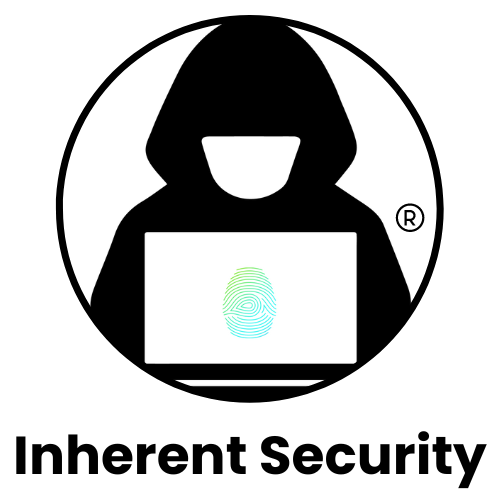CrowdStrike's Impact on Healthcare Cybersecurity
Introduction
On July 19, 2024, a routine software update from cybersecurity giant CrowdStrike spiraled into a global IT catastrophe. The update, intended to update defenses, instead caused widespread system crashes, disrupting operations across various sectors. Among the hardest hit was the healthcare industry, where the stakes are particularly high. This article delves into the incident's impact on healthcare cybersecurity, offering insights into the challenges faced, the response from key players, and the broader implications for the industry.
A Faulty Update Causes Chaos
The trouble began in the early hours of July 19, when CrowdStrike released a sensor configuration update for its Falcon platform. This update, targeting Windows systems running Falcon sensor version 7.11 and above, inadvertently introduced a logic error. The result was a cascade of system crashes and blue screen errors (BSOD) on machines that downloaded the update between 04:09 UTC and 05:27 UTC (CrowdStrike) (SC Media).
Impact on Healthcare Operations
Healthcare organizations, reliant on cybersecurity solutions to protect patient data, were significantly affected. Hospitals and clinics experienced interruptions in accessing electronic health records (EHRs), leading to delays in patient care. Emergency response teams had to act swiftly to mitigate the impact, but the manual remediation process proved arduous and time-consuming (Wikipedia) (DW).
CrowdStrike's Response
CrowdStrike's response was immediate. CEO George Kurtz issued a public apology and the company deployed a fix within hours of the incident. "I want to sincerely apologize directly to all of you for today’s outage," Kurtz stated. He assured customers that the issue was not related to a cyberattack and emphasized CrowdStrike's commitment to preventing future incidents (SC Media).
Microsoft's Role
Microsoft also played a crucial role, especially for customers using its Azure platform. The tech giant provided guidance on mitigation steps and collaborated with CrowdStrike to support affected organizations. Microsoft's involvement highlighted the importance of cooperation among tech firms in resolving widespread IT issues (SC Media).
Resilience and Redundancy
The outage shows the need for greater resilience and redundancy in healthcare IT systems. Organizations are now reevaluating their cybersecurity strategies to include backup systems and alternative solutions to ensure continuity during such disruptions (SC Media).
Vendor Management and Accountability
The incident highlighted the importance of vendor management. Healthcare providers are scrutinizing their cybersecurity vendors' update processes and liability clauses to better manage risks and ensure accountability in case of future outages (DW).
My Perspective
As cybersecurity expert, both the vendor and customers should share the accountability. CrowdStrike mentioned that their was a flaw in their Quality Assurance (QA) tool that failed to catch the flaw (Insight.) Their reliability solely on a tool was the first mistake. Although tools provide us efficiency they are not perfect and their findings should be validated by the QA Tester. The problem also lies in the lack of proper Change Management process. This should involve pushing new updates to test systems prior to production deployment. Customers also have the responsibility of developing a process to test any system changes on a subset of systems prior to pushing updates out company wide.
Conclusion
The CrowdStrike outage of July 2024 serves as a reminder that solutions should be accompanied with processes. For healthcare organizations, the incident has catalyzed a reassessment of cybersecurity strategies, emphasizing resilience, thorough vendor management, and increased investment in advanced technologies. As the industry moves forward, these lessons will be crucial in safeguarding against future disruptions and ensuring the continuous protection of patient data.
For further details, visit CrowdStrike's Blog, SC Media, and DW.
Check out my featured section to:
->Download our HIPAA Guide for compliance insights
->Explore our HIPAA GPT tool for instant advice
->Talk to an Expert for customized support
